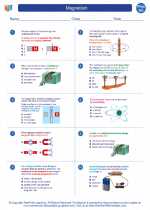Underground Aquifers
Underground aquifers are layers of rock, sand, or gravel that are saturated with water and can yield significant amounts of water. They are an important source of fresh water for human consumption, agriculture, and industry.
Formation of Aquifers
Aquifers are typically formed when rainwater or melted snow seeps into the ground and percolates downward through soil and rock layers until it reaches an impermeable layer, such as clay or solid rock, which prevents further downward movement. This trapped water forms the aquifer.
Types of Aquifers
There are two main types of aquifers: confined and unconfined. Confined aquifers are located between impermeable layers and are under pressure, while unconfined aquifers have a water table that fluctuates based on the amount of water stored in them.
Characteristics of Aquifers
Some key characteristics of aquifers include their porosity (the amount of pore space between particles) and permeability (the ability of water to flow through the aquifer). These properties determine the amount of water that can be stored and the rate at which it can be extracted from the aquifer.
Study Guide
- What is an underground aquifer and why is it important?
- How are aquifers formed?
- What are the differences between confined and unconfined aquifers?
- What are the key characteristics of aquifers?
- What are the main uses of water extracted from aquifers?
Understanding the formation, types, and characteristics of underground aquifers is crucial for managing and conserving this vital natural resource.



